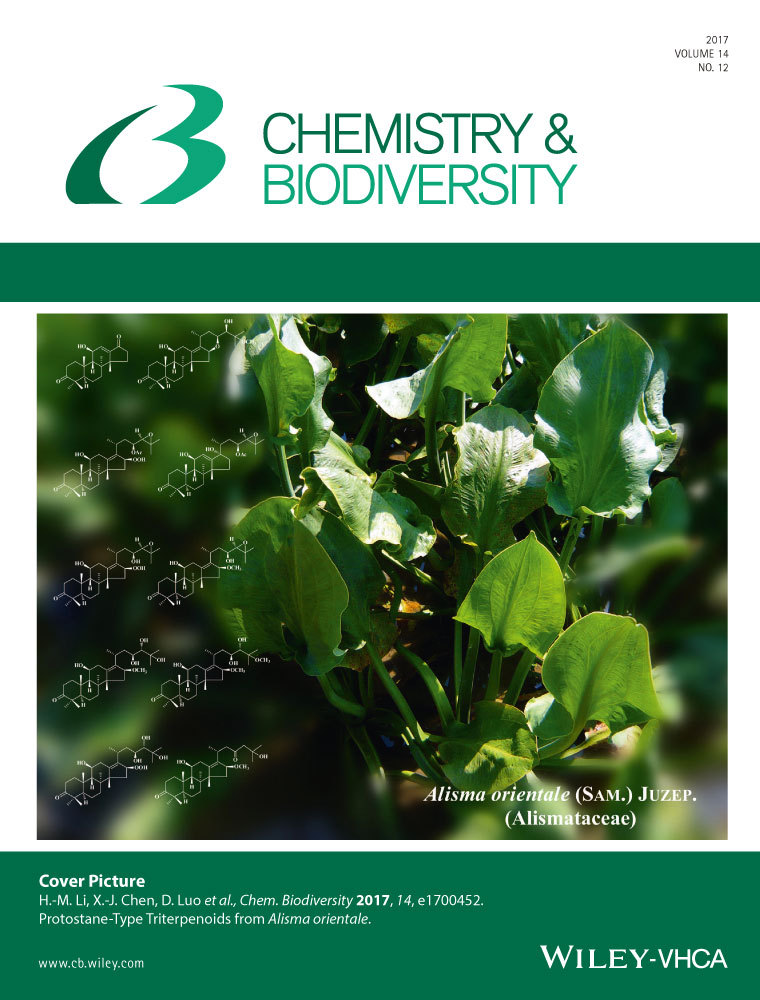Sorbus aucuparia and Sorbus aria as a Source of Antioxidant Phenolics, Tocopherols, and Pigments
Abstract
Due to its nutritive and medicinal properties, berries of some Sorbus species are used for the preparation of jams and jelly as well as in traditional medicine. On the other hand, their chemical composition is not much studied especially of those grown in Balkan Peninsula. We have analyzed individual phenolics, tocopherols, carotenoids and chlorophylls using HPLC in berries from Sorbus aucuparia and Sorbus aria collected in different localities in Serbia and Montenegro together with the amounts of total phenolics and proanthocyanidins as well as their radical scavenging activity against DPPH radical. Berries of S. aucuparia were richer source of polyphenolics in comparision with S. aria and, regardless the species and locality, caffeoylquinic acids such as neochlorogenic and chlorogenic acid were the most abundant compounds. Among analyzed tocopherols the most abundant in all samples was α-tocopherol (0.48 – 19.85 μg/g dw) as it was β-carotene among carotenoids (mean concentration of 0.98 μg/g dw in S. aucuparia and 0.40 μg/g dw in S. aria, respectively). Correlation between total phenolics and DPPH radical scavenging activity was noticed. Our study represents comprehensive report on chemical composition of S. aucuparia and S. aria which could contribute to a better understanding of their quality.





